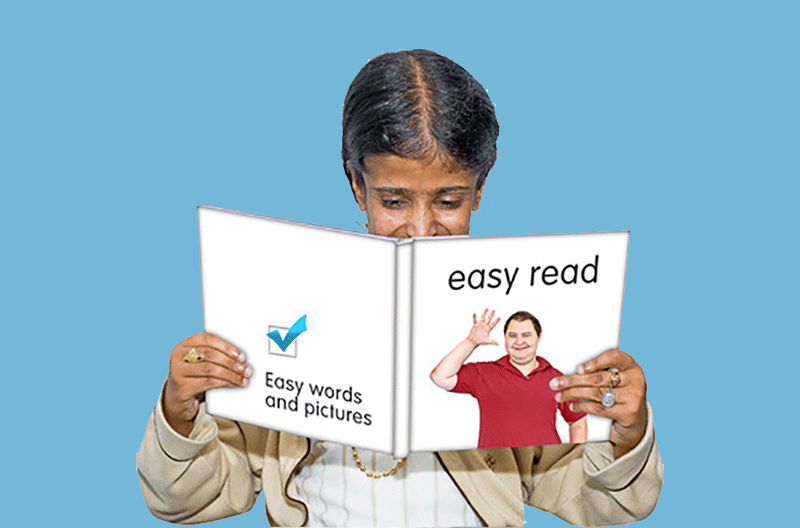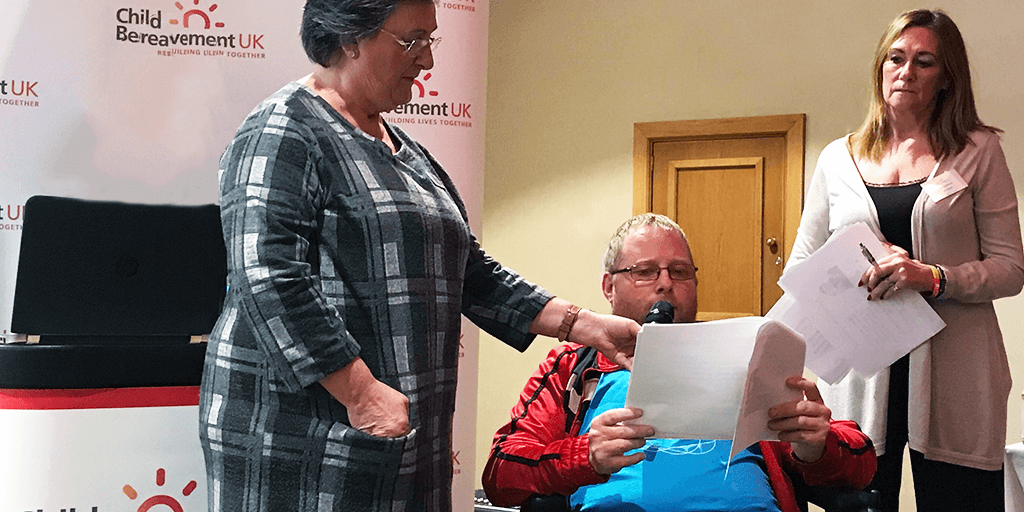More details about health inequalities
If you are a man with a learning disability you can expect to live 23 years fewer than a man in the general population. If you are a woman with a learning disability, this rises to 29 years fewer than a counterpart in the general population (hqip.uk). If you have a learning disability you are also five times more likely to end up in hospital from preventable issues that can be treated by your GP (EHRC).
The mortality gap shows just how difficult it can be to access healthcare when you have a learning disability. It is the clearest indicator of health inequality.
The learning disability mortality gap is the result of multiple systemic inequalities and barriers in the healthcare system. This means you are more likely to experience poor health and a reduced quality of life if you have a learning disability, and for poor health to go undiagnosed and untreated

Not only is the mortality gap an injustice to those people with learning disabilities who die early, it sustains low expectations when it comes to longevity for people with learning disabilities that can impact on the care they receive.
Health inequalities and barriers arise in multiple ways…
- If communicating is difficult, then it might take time to identify that someone is ill or in pain, delaying their access to health care.
- If accessible information about maintaining good health isn’t available, or the doctor explains a diagnosis and treatment in a way that’s hard to understand, it can mean effective health interventions aren’t made.
- If the focus is on someone’s disability and how that impacts on their life, known as diagnostic overshadowing, then the signs that someone might be ill or experiencing changes in their health can be missed.
- If someone finds tests and procedures difficult or has had a bad experience in the past, then it can mean diagnostics are delayed and access to the right healthcare denied.
The persistence of health inequalities and the resulting mortality gap demands that everyone comes together to deliver better outcomes for people with learning disabilities and autism.
Together we can stop people dying too young
The idea that people live on borrowed time, or that quality of life is a reason to withhold treatment from someone with a learning disability, is still far too prevalent.
The persistence of health inequalities and the resulting mortality gap demands that everyone comes together to deliver better outcomes for people with learning disabilities and autism.
Practitioners, support workers, patients and families need to know how best to support people to access effective and timely healthcare that meets their needs. This includes making reasonable adjustments for every individual and using best practice approaches to maintain good health










